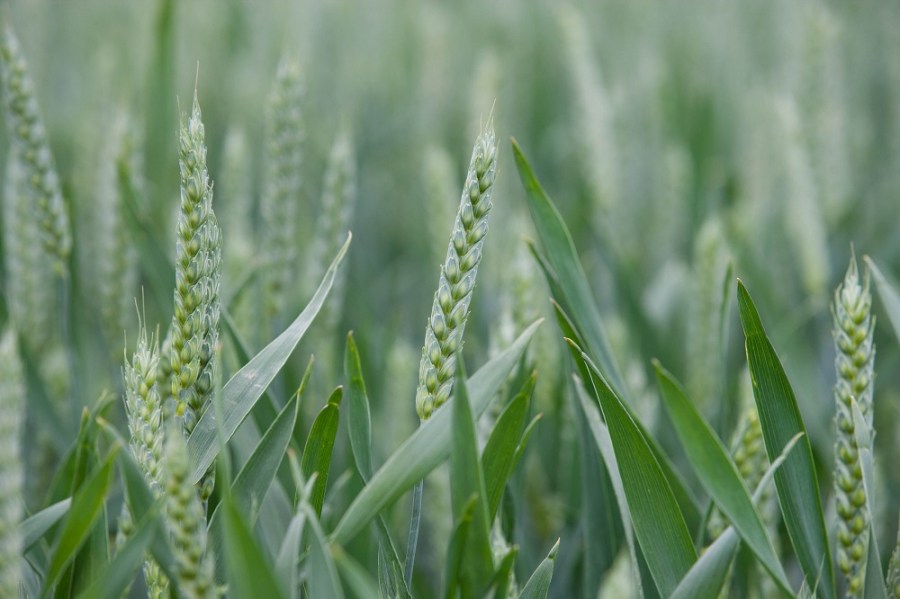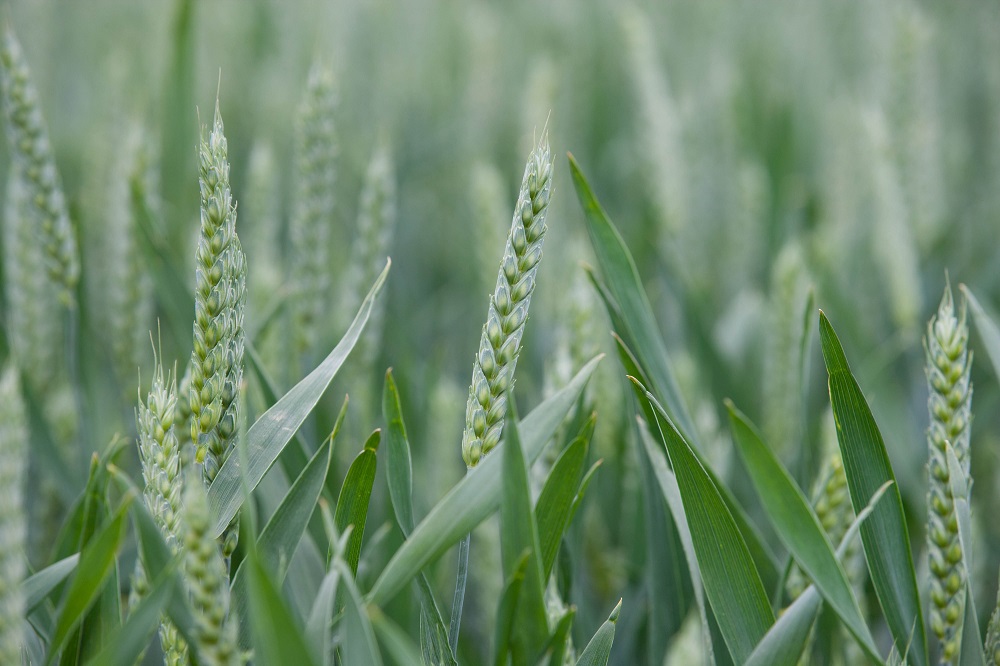
A prolonged green leaf area became the prized property for wheat crops in a year that witnessed a see-saw of disease and rainfall as well as a new SDHI fungicide. CPM draws together research on its performance.
The cost of underinvestment is greater than the cost of overinvestment.
By Tom Allen-Stevens
If there’s one field-based quandary every grower shares, it’s whether the wheat fungicide programme delivered value for money – could the heap in the barn be any bigger or the spray bill any smaller, and what lessons can we learn from 2017 that’ll inform choices for the 2018 season?
Unsurprisingly, it’s a quandary that’s also occupied Syngenta field technical manager Iain Hamilton, especially this year – the first commercial year for the company’s new SDHI fungicide Elatus Era (benzovindiflupyr+ prothioconazole). He’s been sifting through the latest results from field trials and weather data in a bid to refine how growers can get the best from the technology next year.
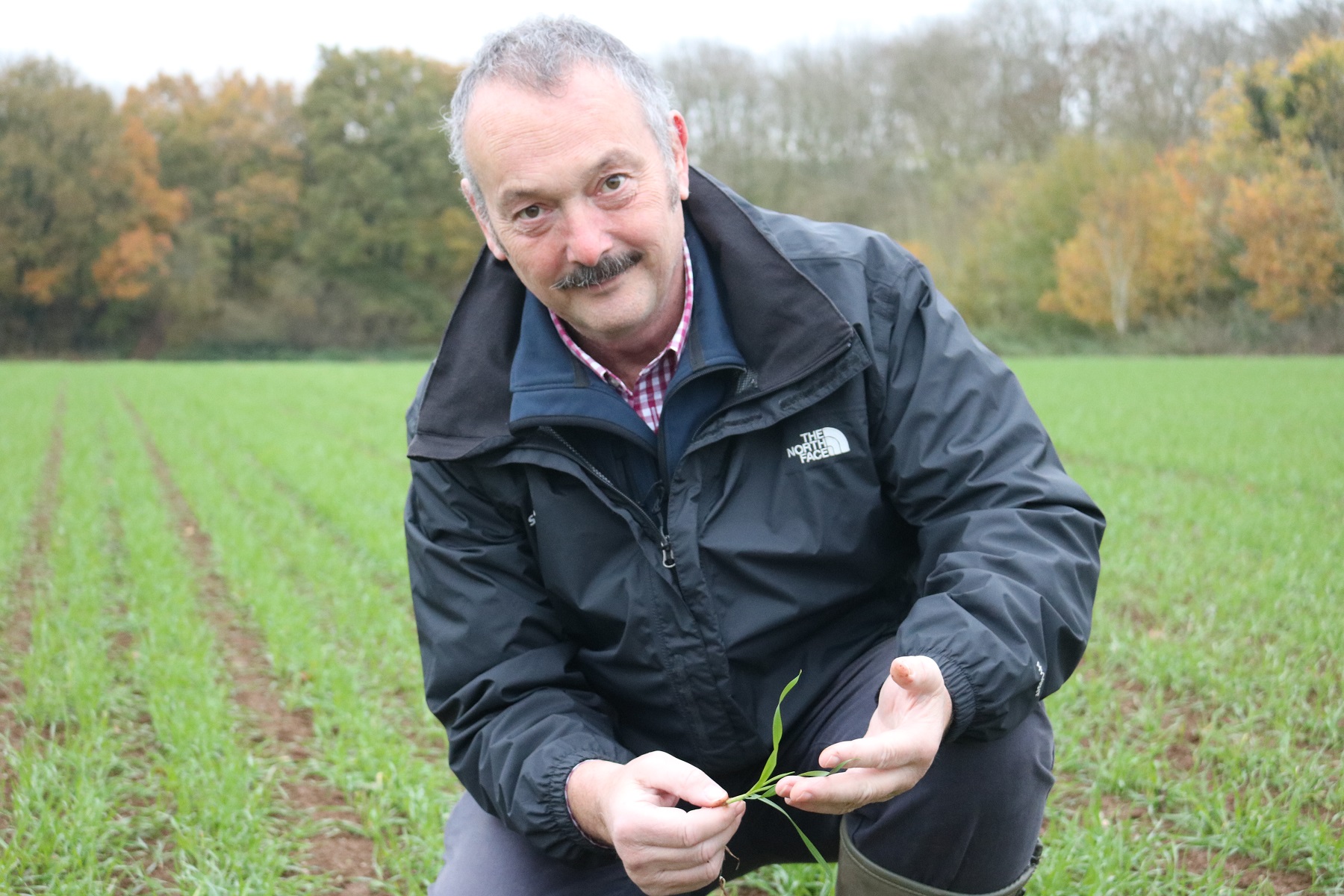
Iain Hamilton advises growers to stay on the front foot when it comes to disease control.
“What remains abundantly clear is that you have to stay on the front foot when it comes to disease control,” he says. “Rust races are evolving and septoria is getting tougher to control. We’re not talking about protection at any cost, but trials results show that the cost of underinvestment is greater than the cost of overinvestment.”
So how did the 2017 season shape up? Iain pulls out the data from Syngenta’s Innovation Centre at Oxford, which gives a broad average for what happened across the UK. “We came out of the winter with reasonable levels of septoria and there was a fair bit of yellow rust that developed early on. Then it turned dry, and the rain didn’t return until around the T2 spray timing,” he notes.
“Growth stage 31-32 came relatively early, bringing the ideal time for the T1 spray back, but the interval between T1 and T2 was about average. There was more rain in May to June and a mid-June heat wave. So the interval between flag leaf and ear emergence was short and crops finished early.”
The dry start to the season suggests low disease levels, but Defra Crop Monitor figures show that wasn’t the case, he points out: yellow rust may have been lower than 2016 (similar to the long-term average), but septoria reached its highest levels since 2014. “Brown rust took off in June and the result was a peak year for the disease.”
Overall, this led to an above average yield response from fungicides – AHDB Recommended List trials show an average 4.4t/ha lift over untreated for the control varieties, compared with a 3.4t/ha five-year mean. “The dry start to the season may have lulled many growers into a false sense of security,” notes Iain.
“Those who stuck to a well planned, robust fungicide strategy would have kept in control. But those who applied an inadequate T1 would have lost yield, especially if the T2 timing was compromised due to catchy weather. Add in the end-of-season disease pressure, and the cumulative effect would have been reduced green leaf area and early crop senescence where disease had taken hold – that’s why it’s so important to keep crops in a preventative state.”
Turning to the 2018 season, in choosing their varieties, growers have already made their “first fungicide decision”, reckons Iain. “There’s a huge range of responses to fungicides across varieties – some wheat crops are already in a high-risk situation.” Taking the top 25 varieties sown this autumn, the average yield response was 3.7t/ha, according to AHDB RL data, but this ranges from 2.2-6.9t/ha.
Keeping in a preventative state means starting early, with a robust T0 spray, he says. “Use the T1 spray to block any advance of septoria from leaf three. Make the right choices early on, and by the time the T2 spray timing arrives, you’ll be able to adjust it according to the season. If this is done correctly, then ear disease can be the focus of the T3 and you’ll have done all you can to preserve that vital end-of-season green leaf area.”
But this suggests the T1 is equally as important as the T2 spray. “A clean flag leaf is critical – it’s widely accepted this contributes 43% to yield. But what happens to leaves two and three have just as much an impact on the level of disease on the flag as the T2 application.”
This is backed up by Syngenta trials results from 2016 on a high septoria site. These show a 0.35t/ha yield response from applying an SDHI at either T1 or T2, compared with a straight triazole-based programme. Apply an SDHI at both timings, and the yield benefit is almost doubled, at 0.65t/ha.
Finally, Iain emphasises the importance of managing resistance. “Septoria in the UK generally remains sensitive to SDHI chemistry, although less sensitive isolates have been found and are being closely monitored. The key to reducing the risk of resistance developing is to reduce the pressure your crops are under. That means starting early with a robust, protectant programme that has the persistence to keep the disease in check,” concludes Iain.
Properties add up to complete protection
This year’s trials results from Syngenta Innovation Centres have shown Elatus Era performs equally as well if not better than the other leading SDHI fungicides, notes Syngenta technical manager Jason Tatnell (see chart on left below).
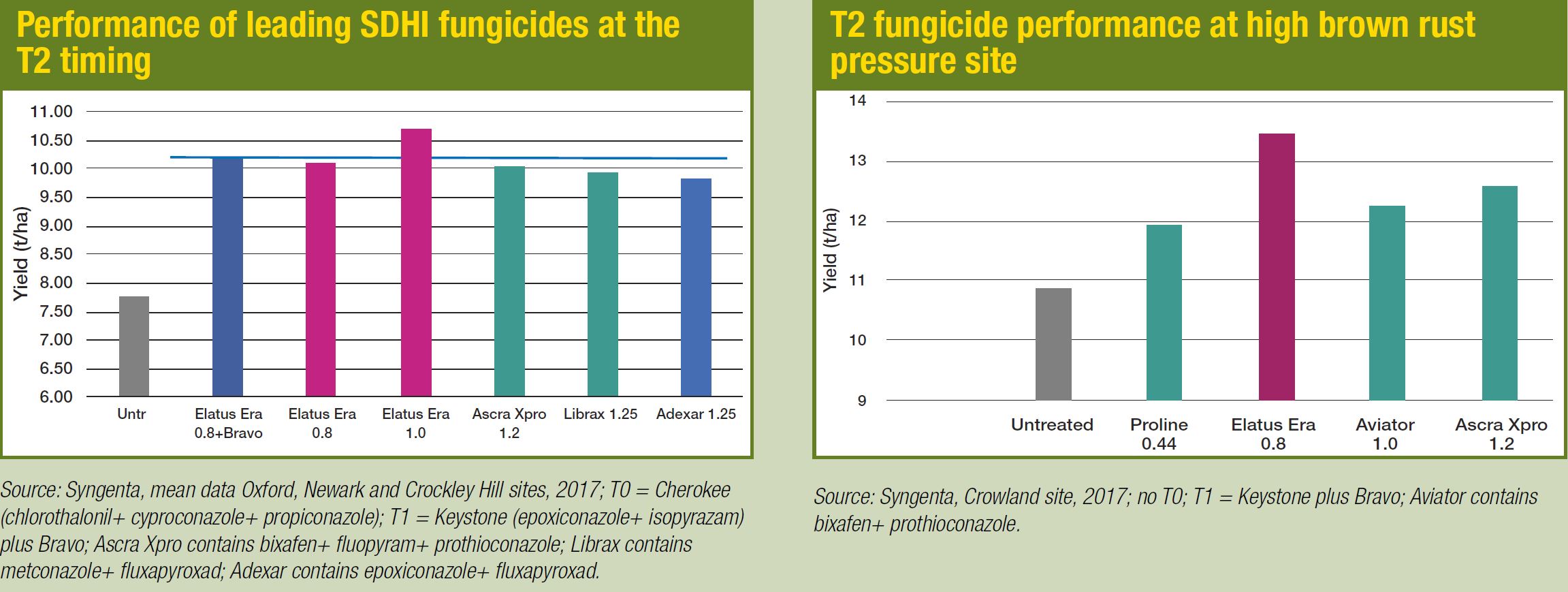
“It’s been a season during which no particular disease has dominated, so it’s no surprise you can’t separate the leading products in trials where they’ve been used in a protectant situation,” he says.
“But it gets interesting on rust. This year, brown rust took hold in certain situations, and the response of the SDHIs was like chalk and cheese (see chart on right above). We’ve seen the same result on yellow rust, and where this disease is a problem, the power of Solatenol (benzovindiflupyr) is very obvious.”
The fungicide also performs consistently well across sites and seasons, he says. “We now have data from the Benelux countries (Belgium, Netherlands, Luxembourg) comprising 91 comparisons from 36 trials carried out from 2015-17. On average Elatus Era delivered 0.16t/ha yield increase over competitor products, performing better in 70% of cases. What struck me about the results is how similar they are to previous three-year data from UK trials.”
- Click here for more on studies carried out on Solatenol’s potency, biokinetics and leaf partitioning.
GLA measurement brings less doubt about drought
A novel technique, developed by scientists at Syngenta’s research centre at Jealott’s Hill in Berks, has confirmed yield benefits of green leaf area (GLA) duration.
Trials compared the end-of-season GLA of a crop of KWS Kielder treated at T2 with Elatus Era plus Bravo against the same crop on which Ascra Xpro had been applied. Elatus gave the wheat a 0.9t/ha yield benefit over its competitor.
But it was the GLA analysis that may be of more interest, notes Jason Tatnell. “The Jealott’s Hill team applied a new technique known as ‘Image J’ green area analysis, which uses imaging software to assess the GLA of a crop (see photos). This showed the Elatus plot had a GLA above 37% for 5.5 days longer than the Asrca plot.”
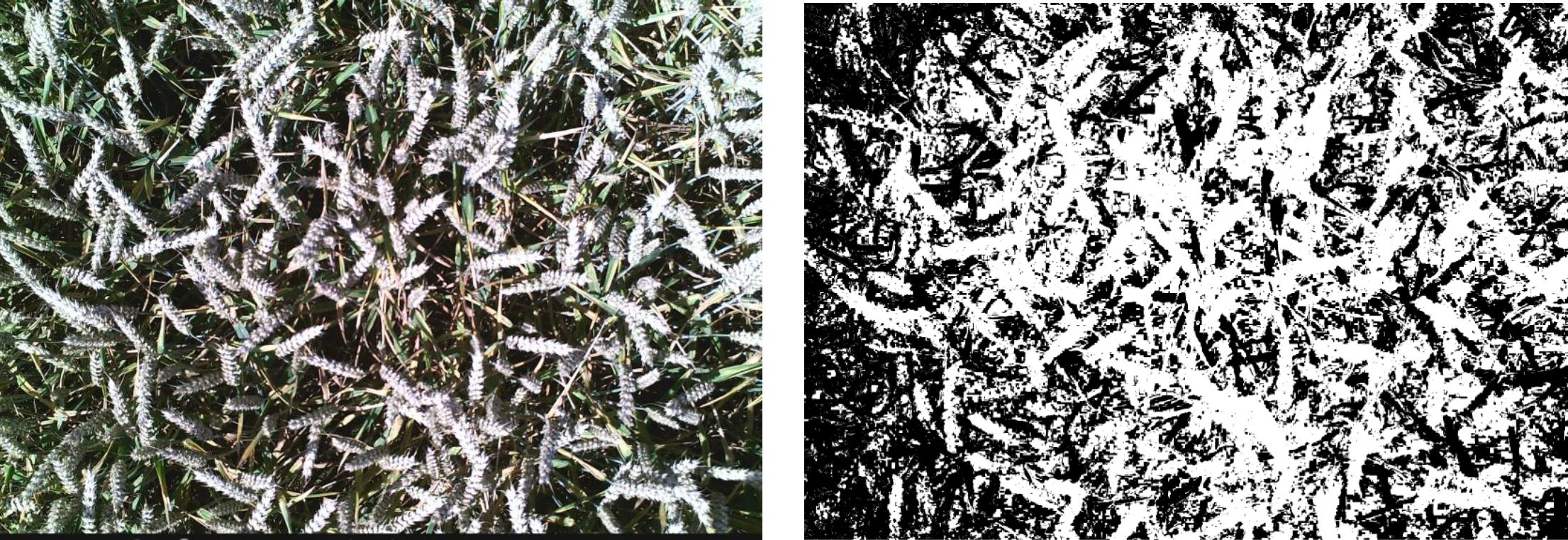 Previous studies by Gooding et al. (2000) have shown for each day a crop retains its GLA above 37%, it puts on an extra 0.15t/ha. “The calculated yield benefit from the Image J analysis (0.83t/ha) was very close to the actual yield benefit achieved, making it a valuable tool to quickly assess end-of-season GLA.”
Previous studies by Gooding et al. (2000) have shown for each day a crop retains its GLA above 37%, it puts on an extra 0.15t/ha. “The calculated yield benefit from the Image J analysis (0.83t/ha) was very close to the actual yield benefit achieved, making it a valuable tool to quickly assess end-of-season GLA.”
Wheat performs despite high disease risk and drought

Dan Kiddy treated 200ha of winter wheat with the Elatus Era in its launch year last season.
Maintaining his average winter wheat yield of just over 10t/ha after a dry spring has convinced Suffolk grower Dan Kiddy he made the right choice with his SDHI fungicide.
Farm manager at William Kerr Farms, near Woodbridge, Dan treated 200ha of winter wheat with the new SDHI, Elatus Era, in its launch year last season. This was in spite of pegging back expected winter wheat yields to a below par 9-9.5t/ha. “It was an extraordinarily dry March and April, recording just 31mm of rainfall,” he recalls.
Yield is the prime driver across the business, that takes in wheat, barley, oilseed rape, sugar beet, potatoes, vining peas and asparagus, as well as maize and rye for anaerobic digestion. But the coastal location makes disease a constant concern.
Disease management therefore includes a combination of growing varieties with better disease resistance, and protecting these with SDHI fungicides. Previously he’d used fluxapyroxad plus epoxiconazole, but decided to try out Elatus Era.
“Being coastal, conditions can be damp, so septoria is our biggest worry with yellow rust a close second,” explains Dan. “We’re not blessed with a lot of storage, so we stick with hard Group 4 feed wheats, which all go in the same store, but we’ve gone for varieties with a better disease resistance profile – Graham, Evolution, KWS Siskin and Costello, as well as KWS Santiago.
“I put Elatus Era on all 200ha of heavy land wheat along with Bravo at T2. I was very pleased with it. It kept everything clean and had longevity.”
Another major bonus he observed was that the crops treated with Elatus Era appeared to weather the drought conditions better. “Walking through the crops, they consistently looked really green and healthy. I’d have been happy with 9-9.5t/ha, but we averaged just over 10t/ha,” he reports.
“Overall, we’re trying to use good fungicides. We’ll apply them at a reduced rate where possible, but in high disease pressure situations we keep rates up. We’re trying to keep the flag leaf clean and green, hopefully resulting in higher yields.”
Research Briefing
 To help growers get the best out of technology used in the field, manufacturers continue to invest in R&D at every level, from the lab to extensive field trials. CPM Research Briefings provide not only the findings of recent research, but also an insight into the technology, to ensure a full understanding of how to optimise its use.
To help growers get the best out of technology used in the field, manufacturers continue to invest in R&D at every level, from the lab to extensive field trials. CPM Research Briefings provide not only the findings of recent research, but also an insight into the technology, to ensure a full understanding of how to optimise its use.
CPM would like to thank Syngenta for sponsoring this Research Briefing and for providing privileged access to staff and material used to help bring it together.
Syngenta is committed to the continued R&D of both existing technologies and new products to help farmers get the best from every application and make more efficient use of resources –– to grow more from less.
Syngenta invests around £1.1bn a year in global agriculture R&D. These advances enable more effective ICM programmes to create profitable and sustainable intensive farming systems, now and in the future.

